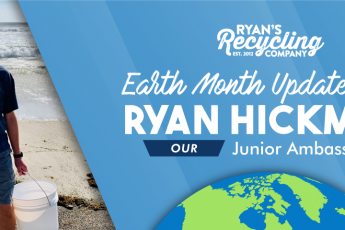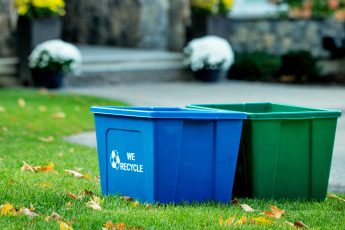The amount of plastic bags Americans use in a year is approximately 102.1 billion with worldwide use estimated at 500 billion to 1 trillion in a single year.
According to the EPA, only 13% of the plastic bags are recycled, the rest end up in landfill, trees, lakes, rivers, the ocean, even the North and South Poles
Yikes.
Luckily for our environment, individuals and organizations consistently come up with innovative ways to provide solutions to the ecological problems we’ve created, one of the most prevalent being the plastic bag.
Let’s look at what they’ve been doing to help curb plastic bag waste worldwide.
Shopping Bags Being Converted into Diesel, Natural Gas and Other Petroleum Products
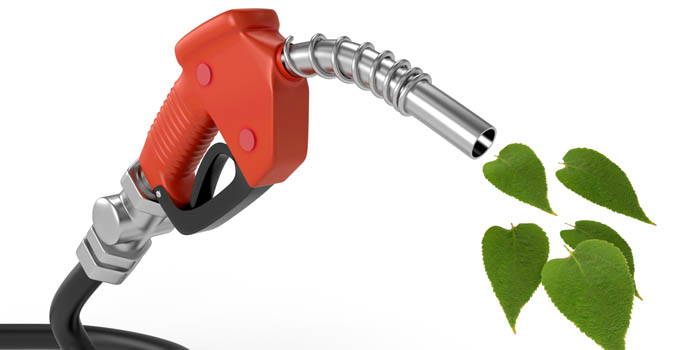
Scientists at the Illinois Sustainable Technology Institute have discovered a way to convert plastic bags into different types of fuel.
The group of scientists expanded on the previously discovered method of pyrolysis – which involves heating bags in an oxygen-free chamber which converts the plastic bags into crude oil.
The process recovers nearly 80% of the petroleum that makes up plastic bags from which the team of researchers were able to produce equivalents of gasoline, diesel, biodiesel and vacuum gas oil.
The biodiesel created from plastic bags was combined with regular diesel and despite the fact that 30% of the mixture came from this process of pyrolysis, the biodiesel performed exactly as regular diesel.
Turns out all those plastics bags you’ve been hoarding in your cupboards or drawers are a viable source of fuel.
The next step for the scientists is to figure out how apply their discovery to a larger market.
Roads Made from Discarded Plastic Bags

An Indian Company known as K.K. Plastic Waste Management has been taking plastic bags and other plastic components found in landfills and mixing it with asphalt to create roads.
Nearly 1,000 miles of roads have been built using the mixture of asphalt to create roads since the company started using this method in the early 90’s.
Not only do these roads last longer and wear better than traditional asphalt roads, they fare much better in extreme weather!
Bricks Made of Plastic Bags that can hold up to the Elements
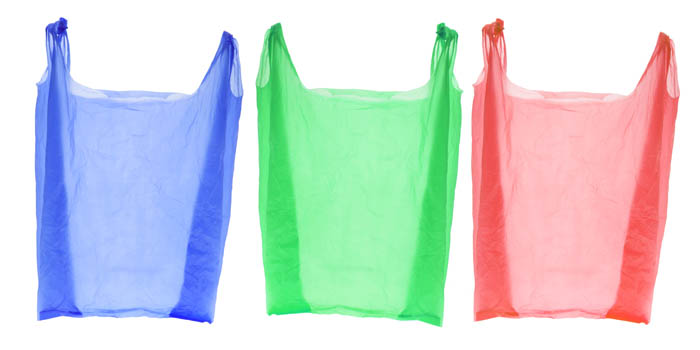
Danish student Lise Fuglsang Vestergaard came up with an idea to turn discarded plastic bags into a viable building material that is both strong and can withstand the harsh winds and rains of monsoon season.
She came up with the idea when living in India for a few months developing a refuse collection system in the impoverished city of Joygopalpur as part of her studies in design and innovation.
The Indian people are committed to collecting wasting waste since they can earn some money when returning it to recycling stations. Of the recyclable material that was collected, Lise noticed that soft plastics were often left behind since it is difficult to find a use for it, leaving plastic bags to rot in landfills.
Vestergaard also noted that the clay-brick houses in the city washed away during monsoon season.
A light went off, and Lise began working on a potential solution that could simultaneously take care of both issues at once.
She returned to Denmark and got to work, creating several plastic brick prototypes that could withstand up to six tons of pressure!
Thanks to her innovative thinking, Vestergaard won an award for her idea that provides and economically viable and ecological friendly solution for poverty stricken individuals and polluted regions of India.
Plastics Bags Creating an Environmentally Friendly Cement Mixture
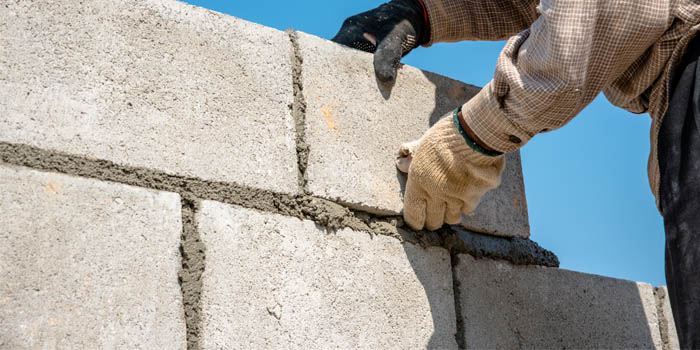
On the other side of the pond, American student Henry Miller has developed a way to granulate plastic bags and other plastic material in landfills and mixing it into concrete to form bricks.
He wanted to come up with an environmentally friendly solution to benefit his community of Albany, New York and the surrounding area when many had to eliminate their plastic recycling program due to costs.
He mixed granulated plastic (including plastic bags) that he found at the landfill into a cement mix, creating a material just as strong as a traditional cement mixture.
The positive environmental impact of this solution is two-fold not only finding a use for plastic waste but also cutting down on the costs and environmental damage associated with mining for virgin concrete material.
Plastic Bags Becoming a Building Block for the Strongest Material Known to Man
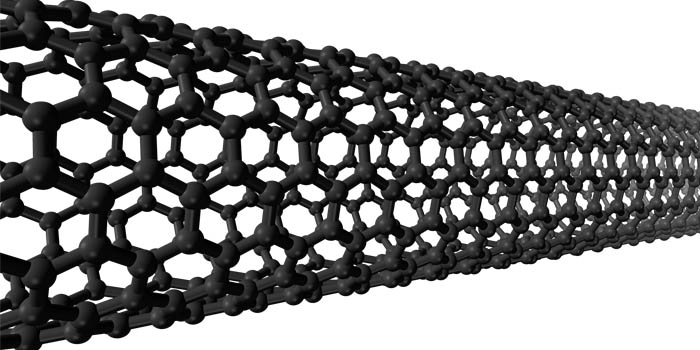
If you haven’t heard of Carbon Nanotubes, take note! These tubular cylinders of carbon atoms are the strongest, lightest and most conductive material currently in existence.
CNTs exhibit 200 times the strength and 5 times the elasticity of steel, 15 times the thermal conductivity and 1000 times the current capacity of copper and almost half the density of aluminum.
Researchers at the University of Adelaide have developed a process where Carbon Nanotubes can be created from plastic bags by vaporising the bags in a furnace to produce carbon layers. The layers are then placed on a membrane where they are “grown” into CNTs.
Another unique feature of this nano-material is due to its carbon make-up, it remains unaffected by physical or environmental factors that can degrade other metals.
Composite Decking brought to you by Plastic Bags.
Since the 1990s, Trex has been a leader in developing an alternative and environmentally friendly solution to wooden decks.
The company’s composite decks are produced from a variety of different recycled components including used lumber and, you guessed it, plastic bags.
Whether its sandwich bags, dry-cleaning bags, newspaper sleeves or shopping bags, the average 500- square-foot deck manufactured by Trex comes contains 140,000 recycled plastic bags!

While plastic bags continue to be an environmental nightmare, filling up landfills, choking streams and polluting the oceans, at least there are humans who are trying their hardest to innovate and create a use for the plastic polluting thorn in our planets side.
Sources
http://www.iflscience.com/chemistry/plastic-bags-efficiently-recycled-diesel-fuel
http://gas2.org/2014/03/26/garbage-gas-scientists-turn-plastic-bags-diesel/
http://sustainable-nano.com/2014/03/04/turning-plastic-bags-into-carbon-nanotubes/
https://www.ecowatch.com/plastic-fuel-2646025410.html
http://learningenglish.voanews.com/content/plastic-bag-as-art/1966951.html

